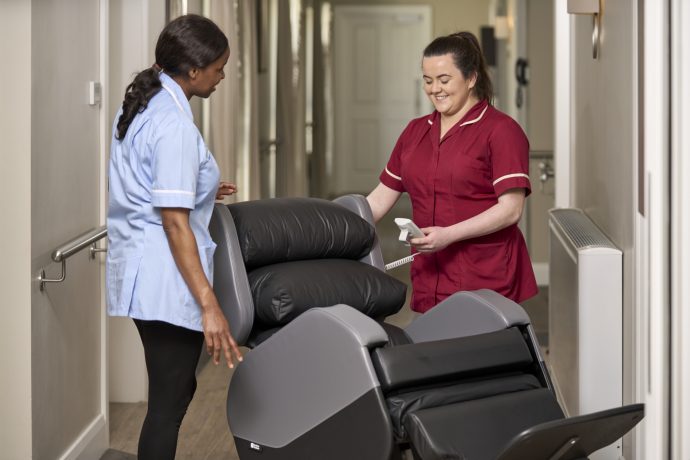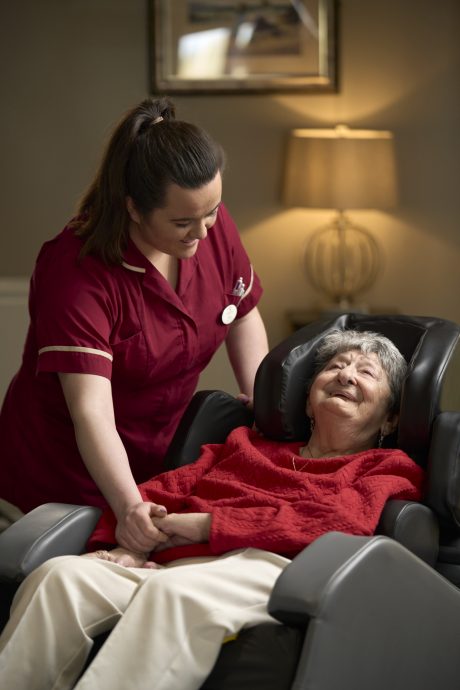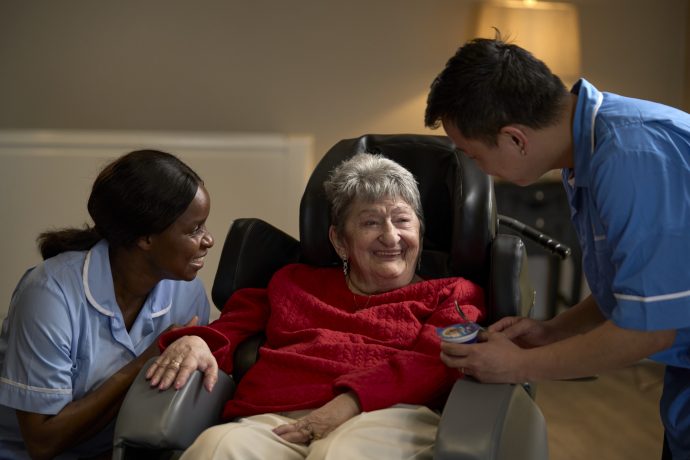
2nd September 2025
Empowering clinicians with expert-led training on clinical seating, pressure injury prevention, and best practice.
Learn More

Let our online product finder guide you through our simple steps to choose the chairs that best meet your patient’s needs.
Seating Solution FinderThe Envelo cushion provides excellent pressure redistribution and comes as standard on all Seating Matters chairs, meeting the clinical needs of most clients.
Explore Envelo RangeSeating Matters specialises in clinical, therapeutic seating solutions designed to improve patient care and safety, offering products for pressure injury prevention, postural support, and mobility assistance in healthcare settings.
Learn MoreDiscover how Seating Matters has transformed lives with our innovative seating solutions - read our inspiring customer success stories now!
Customer StoriesUsed in academia, in clinical practice and with caregivers around the world to guide their practices around specialist seating.
Download Free Handbook

We explain further how therapeutic seating can assist with early mobilisation and rehabilitation of critical care patients.
Critical Illness
Critical illness is defined as any life-threatening condition that requires pharmacological and/or mechanical support of vital organ functions without which death would be imminent.1
What problems are associated with surviving Critical illness?
According to the NICE Guidelines, research on the longer-term consequences of critical illness has shown that significant numbers of patients surviving critical illness have important continuing problems. For many, discharge from critical care is the start of an uncertain journey to recovery characterised by, among other problems, weakness, loss of energy and physical difficulties, anxiety, depression, post-traumatic stress (PTS) phenomena and, for some, a loss of mental faculty (termed cognitive function).2
Can Early Mobilisation Improve Outcomes?
The effect of systematic early mobilisation in mechanically ventilated adult ICU patients has shown benefits vs. late mobilisation:
Early mobilisation has also shown trends towards improved patient outcomes in terms of:
What is the role of sitting in recovery from Critical illness?
Sitting in Bed and in Chairs is amongst the first steps to recovery from Critical illness. This is highlighted in stages 1, 2 and 3 of the ICU Mobility Scale.5

How can effective Seating assist the recovery of critical care Patients?
Effective seating for Critical Care Patients should:
What is the Sydney GoFlat™?
The Sydney GoFlat™ was designed to enable safe and efficient transfer of critical care patients from lying in bed to a fully seated, clinically optimised position offering care professionals new options in early mobilisation.

What is the Patient experience of the Sydney GoFlat™?
Patients have commented on being comfortable in the chair and a number of Patients have enjoyed been able to use the remote control to reposition themselves. We have seen that Patients are able to communicate with friends, family and staff and to eat and drink in the chair. A number of patients have been able to move outside to aid their recovery.
What is the Staff experience of the Sydney GoFlat™?
Staff have commented that the Chair has enabled the early mobilisation of a broad range of ICU patients, including myopathic, de-conditioned patients. Staff have said that Patients appear very comfortable in the chair. Lateral transfer has been used for certain Patients who cannot be hoisted and feedback is that less staff have been required for lateral transfers vs. hoisting. Staff have also seen that Drop down arms assist with hoisting as well as lateral transfers.
What is next for the Sydney GoFlat™?
The Sydney GoFlat™ has been trialled in multiple Hospitals globally, with ongoing trials and normal use. A Clinical Study with Westmead Hospital, Sydney, Australia is being planned amongst mechanically ventilated patients in the ICU. Seating Matters offer complimentary, no obligation trials of the Sydney GoFlat™.
For more information visit the website, email contact@seatingmatters.com or call 0044(0) 20 3982 2900.
References:
Sign up to our mailing list to get practical tips and latest research delivered to your inbox!
Take the next step to achieve clinical excellence and a 24 hour package of care for patients.

Arrange a free, no obligation assessment of clinical, therapeutic seating.

Schedule a call at a time that suits you to speak with our experts.

Download your copy of The Clinician's Seating Handbook

2nd September 2025

15th August 2025

15th August 2025